The industrial telecentric lens is a high-end optical lens designed to correct the parallax of traditional lenses. Compared with ordinary lenses, it has relative advantages in magnification, distortion, parallax, and resolution. Let's talk about the meaning of the parameters of the industrial telecentric lens, so as to better understand the telecentric lens, so that everyone can choose the right one when selecting the telecentric lens.
1. Magnification: is the performance parameter of the optical lens, which refers to the ratio of the imaging size of the object passing through the lens on the focal plane to the actual size of the object.
2. Working distance: refers to the distance from the front of the lens to the surface of the inspected object, at which the lens can image clearly.
3. Resolution: refers to the 1mm area within the image of the black and white network line diagram lens, the number of identifiable black and white stripes. The unit of resolution is lines/mm, for example, 100 lines/mm represents a 1/100mm (10μm) black and white spacing that can be recognized. The width of the black and white lines is 1/200 mm (5 μm).
4. TV distortion: TV distortion is a measure of the visual distortion of an image, including barrel distortion and pincushion distortion. The distortion of a straight line toward the center is pincushion distortion, and the outwardly expanding distortion is called barrel distortion. Purmis telecentric lens has undergone strict manufacturing and quality inspection, and the distortion rate can be strictly controlled below 0.1%.
5. Depth of Field: Depth is the distance between the closest point and the farthest point where a sharp focus occurs when the object moves back and forth from a suitable focus. The range of depth on the object side is called the depth of field. Likewise, the range on the camera side is called the depth of focus.
6. Maximum Sensor size: The size of the sensor actually refers to the area of the photosensitive device. The larger the area of the photosensitive device, the more photons are captured, the better the photosensitive performance, and the higher the signal-to-noise ratio. The larger the sensor size, the larger the photosensitive area, and the better the imaging effect.
Pomeas Optical is a supplier of industrial automation core products mainly engaged in the R&D and production of industrial lenses, industrial cameras, visual light sources and one-button measuring instruments. The products include 4K zoom lenses, bilateral telecentric lenses, FA industrial lenses, thousands of Meganet industrial cameras, one-button image measuring instruments, etc.
TECHNICAL SOLUTION
MORE+You may also be interested in the following information
FREE CONSULTING SERVICE
Let’s help you to find the right solution for your project!


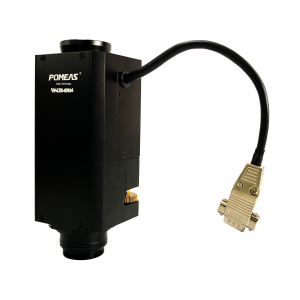
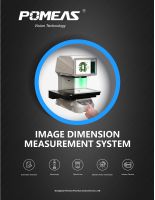

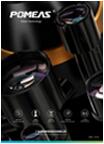
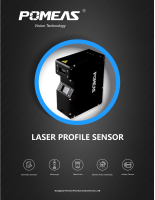
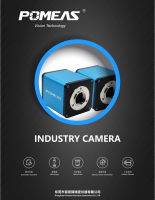
 ASK POMEAS
ASK POMEAS  PRICE INQUIRY
PRICE INQUIRY  REQUEST DEMO/TEST
REQUEST DEMO/TEST  FREE TRIAL UNIT
FREE TRIAL UNIT  ACCURATE SELECTION
ACCURATE SELECTION  ADDRESS
ADDRESS Tel:+ 86-0769-2266 0867
Tel:+ 86-0769-2266 0867 Fax:+ 86-0769-2266 0867
Fax:+ 86-0769-2266 0867 E-mail:marketing@pomeas.com
E-mail:marketing@pomeas.com
